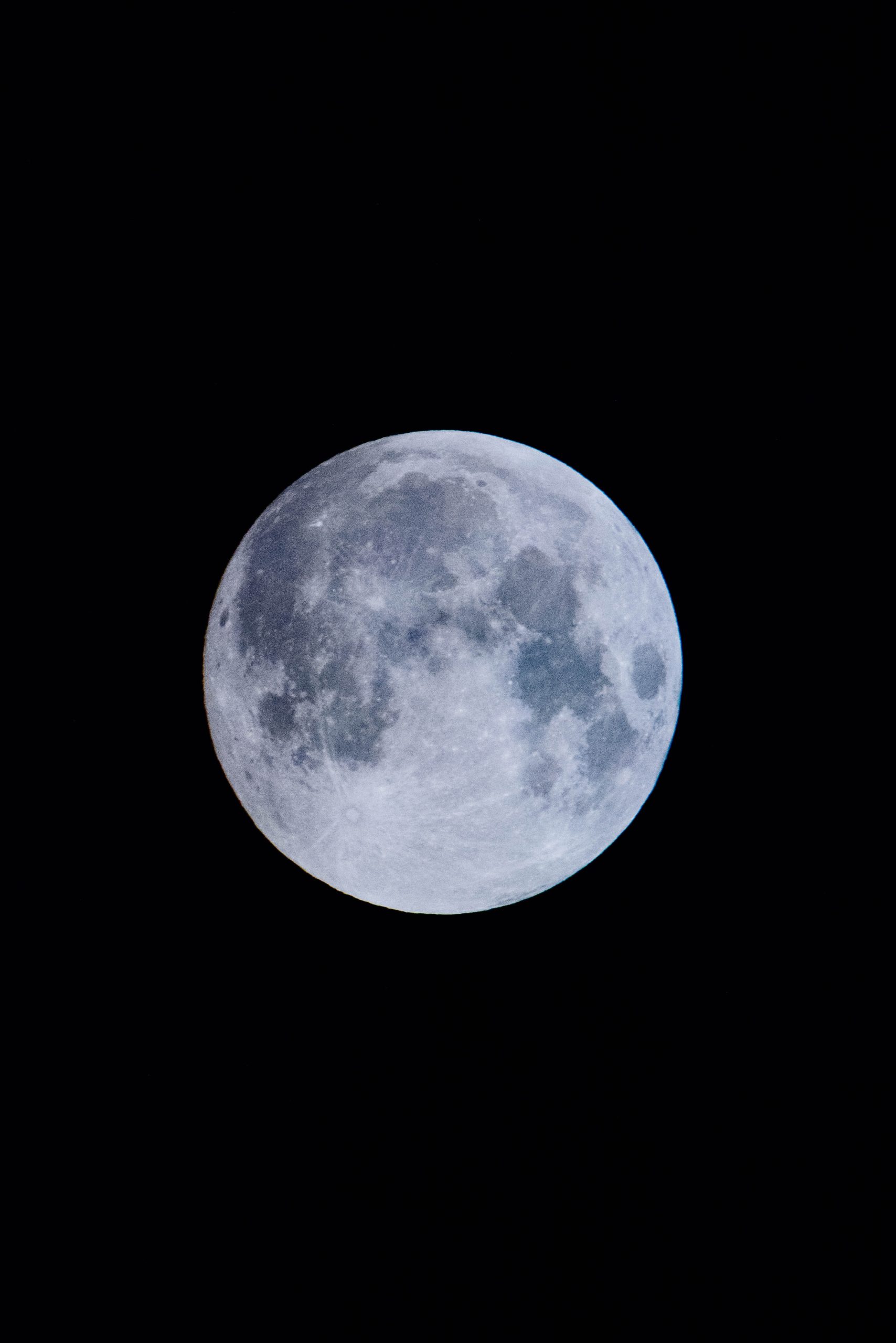The Moon Festival: Unveiling the Intriguing Story Behind the Traditional Celebration
Every year, as summer transitions into autumn, millions of people across various Asian countries unite to celebrate the Moon Festival, also known as the Mid-Autumn Festival. This centuries-old tradition is deeply rooted in Chinese culture, but it is also widely observed in other East Asian countries such as Taiwan, Vietnam, and Korea. The Moon Festival is a time for families to come together, give thanks, and honor the moon and its symbolic meaning. In this blog post, we will explore the fascinating story behind this enchanting festival.
The Origins of the Moon Festival
The origins of the Moon Festival can be traced back over 3,000 years to ancient China during the Zhou Dynasty. Legend has it that in the 8th century BCE, a valiant hero named Houyi saved the Earth from imminent destruction. The world was plagued by ten suns that scorched crops and caused widespread suffering. In an act of bravery, Houyi shot down nine of the suns, leaving only one to provide light and warmth for the planet.
In recognition of his heroism, the Heavenly Queen Mother granted Houyi the elixir of immortality. However, Houyi’s wife, Chang’e, unintentionally consumed the elixir, causing her to become weightless and ascend to the moon. There, she became the Moon Goddess, forever residing in the lunar palace. It is said that on the night of the Moon Festival, Chang’e emerges from her celestial dwelling and bestows blessings upon the Earth.
The Significance of the Full Moon
The Moon Festival takes place on the 15th day of the eighth lunar month when the moon is believed to be at its fullest and brightest. In Chinese culture, the moon symbolizes unity, harmony, and reunion. The full moon during the festival signifies completeness and wholeness, reminding people of the importance of family and loved ones. It is a time to express gratitude for the bountiful harvest and to pray for prosperity and good fortune in the coming year.
Traditional Customs and Rituals
The Moon Festival is a joyous occasion filled with various customs and rituals that have been passed down through generations. Let’s delve into some of these cherished traditions:
Mooncakes and Tea
Mooncakes are the quintessential treat of the Moon Festival. These small round pastries often have a rich, sweet filling such as lotus seed paste or red bean paste, surrounded by a thin, delicately patterned crust. They are usually imprinted with the Chinese characters for “longevity” or “harmony” and may contain a salted egg yolk at their center, representing the moon. Sharing mooncakes with family and friends while sipping tea is an integral part of the festival.
Offerings and Lanterns
During the Moon Festival, people prepare offerings such as fruit, incense, and mooncakes to pay homage to Chang’e and the moon. These offerings are placed on an altar or table under the moonlight. Additionally, colorful lanterns, ranging from simple handheld ones to intricate, beautifully crafted designs, are popular decorations during the festivities. They symbolize the illumination of the path for Chang’e and express good wishes for the future.
Moon Gazing
Moon gazing is a cherished activity on the night of the Moon Festival. Families and friends gather outdoors, often in gardens or parks, to admire the full moon and share heartfelt conversations. Lantern-lit walks, poetry recitations, and performances further enhance the magical atmosphere. The moon’s mesmerizing glow fosters a sense of tranquility and reflection, connecting people to their cultural heritage and the beauty of nature.
Dances and Festive Activities
Many communities organize lively public events during the Moon Festival. Traditional dragon and lion dances captivate spectators with their vibrant colors and rhythmic movements. Parades featuring floats adorned with lanterns and performers clad in ornate costumes add to the festivities. Folk songs, storytelling, and riddles also fill the air as people immerse themselves in the celebration.
The Moon Festival Around the World
While the Moon Festival is deeply rooted in Chinese culture, its allure and significance have extended far beyond its place of origin. In Taiwan, the festival is known as the “Mid-Autumn Festival” and shares many of the same customs. Vietnam celebrates the “Tet Trung Thu,” highlighting lion dances and children parading with colorful lanterns. In Korea, Chuseok, a festival similar to the Moon Festival, is dedicated to ancestral worship and includes the sharing of delicious rice cakes.
Over time, the Moon Festival has become a universally cherished tradition that transcends cultural boundaries. It serves as a reminder of the intrinsic human desire to celebrate the beauty of nature and cherish the bonds of family and friendship.
A Timeless Celebration
The Moon Festival is a vibrant tapestry woven with captivating legends, time-honored customs, and the warmth of family togetherness. As the full moon graces the night sky, people from all walks of life join hands to honor their rich cultural heritage and express gratitude for the gifts bestowed upon them. Whether through the exchange of mooncakes, the lighting of lanterns, or the joyous laughter of children under the moonlight, the Moon Festival continues to unite and inspire people around the world, carrying with it the timeless essence of love, harmony, and appreciation.
So, when the Moon Festival arrives, take a moment to gaze up at the night sky, marvel at the luminous moon, and let the enchanting spirit of this ancient celebration fill your heart.
Table of Contents
